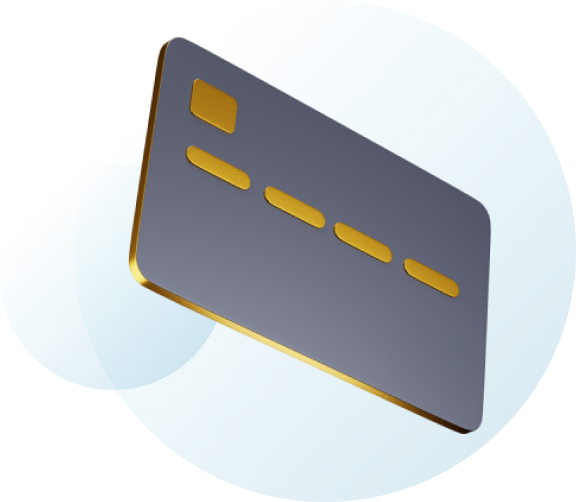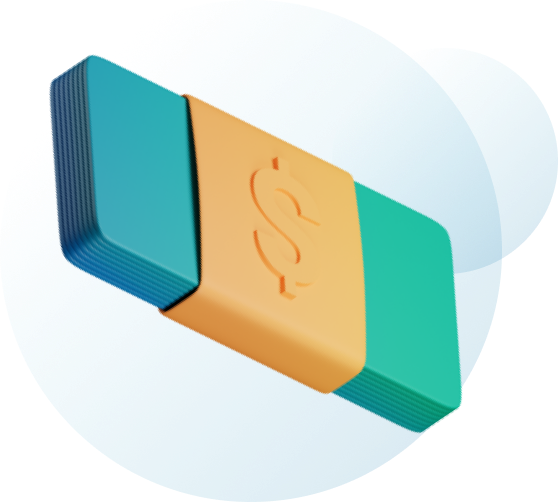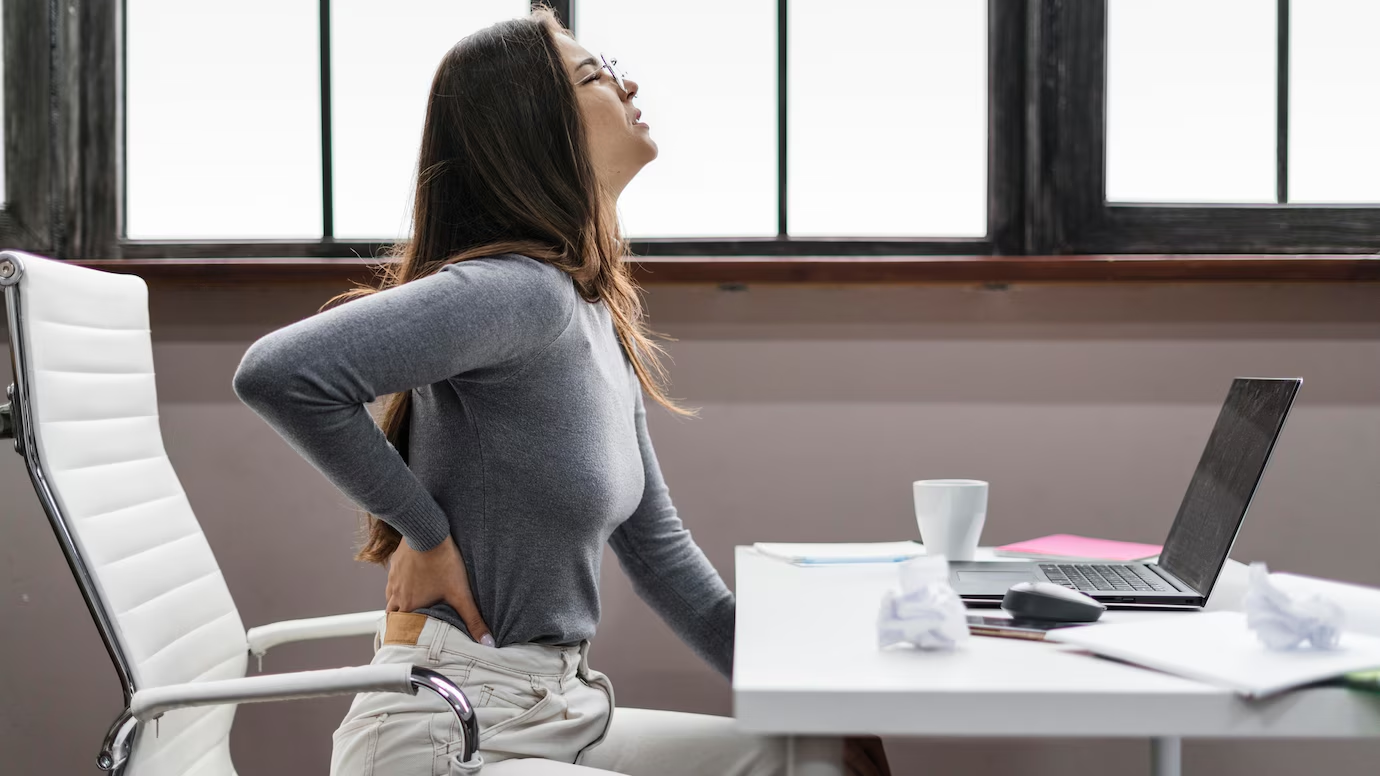Millions of people suffer from lower back pain. You know how it interferes with your daily life if you are among them.
This blog will centre on practical methods as your answer to how to relieve lower back pain so you can get back to doing those things you love.
So, Let’s find ways to stop this pain and help you feel better today.
Understanding Lower Back Pain
There could be many reasons for lower back pain, and sometimes, it may be challenging to explain what causes it. Did you twist the wrong way, reaching for something? Or have you been sitting too long in your desk chair?
A muscle strain, bad posture, or even lugging something too heavy can be responsible for lower back pain. A herniated disk or sciatica can also cause a person to have discomfort in their lower back.
Immediate Relief for Lower Back Pain
When your lower back flares up, quick relief is key. while there’s no instant fix, Lower back pain treatment includes
- Stretching and Moving a Little
Even if it feels better to stay still, light movement can help. Try pulling one knee to your chest, gently rocking your knees side to side, or walking around.
- Heat or Ice – It Depends
Use ice for swelling or fresh injuries (15–20 minutes). For muscle tension, heat works best. A heating pad or warm towel can help, and some switch between both.
- Basic Painkillers (Used Smartly)
Painkillers like ibuprofen or naproxen can ease inflammation. Acetaminophen is another option. Follow the dosage and consult your doctor if using them for over a few days.
Long-Term Lower Back Pain Treatments
Quick fixes help, but if your pain keeps returning, it’s time to look at what works long-term. Here are some ideas to relieve lower back pain in the long term.
- Physical Therapy
Physical therapy helps with problems like lower back pain. A specialist checks which muscles are tight or weak and then makes a plan to fix them. This plan usually includes exercises and stretches to build strength and improve posture.
- Strengthening Core & Back Muscles
A weak core shifts the load to your lower back. Strengthening abs, glutes, and back muscles eases that strain. Basic moves like planks, bird-dogs, and glute bridges, done regularly, work well.
- Fixing Your Daily Setup (Posture, Desk, Mattress—All of It)
Bad posture while sitting, sleeping, or working adds up. Consider using a supportive chair, raising screens, and taking movement breaks. Prioritize getting a good mattress and placing a pillow under or between your knees. It helps align the spine.
Medical Treatments for Chronic Lower Back Pain
When back pain sticks around for months, and nothing’s helping—not stretches, pain meds, or rest—it might be time to look into medical lower back pain treatments.
- NSAIDs with Caution
If the OTC pain relievers aren’t effective, NSAIDs such as ibuprofen or naproxen serve as an option. These agents can help reduce inflammation and relieve pain but may have contraindications (e.g., ulcers, kidney issues) that should be checked with your physician beforehand. It is recommended to consult a healthcare professional before using NSAIDs for an extended period.
- Injections and Nerve Blocks
Steroid injections reduce inflammation at pain points. Nerve blocks stop pain signals and offer temporary relief, giving space for movement or rest.
- Surgery – Only If You’ve Tried Everything Else
Surgery is rare and usually a last resort—used when symptoms worsen or daily function is affected. It depends on the root cause, and thorough medical advice should be followed.
Natural & Alternative Remedies for Lower Back Pain
Natural lower back pain treatments might be your thing if you’d rather skip meds.
- Acupuncture & Massage
Acupuncture targets pain points and eases tension for many. Massage improves blood flow and relaxes tight muscles—see someone who knows chronic pain.
- Yoga & Pilates
Simple moves like bridges or cat-cow strengthen your core and improve posture. No studio is needed—go slow and steady.
- Supplements
Turmeric, ginger, and omega-3s may help with inflammation. Always check for interactions before adding any supplements.
Preventing Lower Back Pain – Tips for a Healthy Spine
Lower back pain can often be prevented by improving daily habits—like lifting, sitting, and moving correctly.
- Proper Lifting Techniques
Even light items can strain your back if lifted wrong. Bend your knees, not your waist, and use your legs to lift.
- Importance of Regular Exercise and Weight Management
Exercise strengthens your core and back muscles, reducing strain. Walking and simple bodyweight exercises help, and losing excess belly weight eases pressure on your back.
- Maintaining Good Posture at Work and Home
Slouching adds up. Use a supportive chair, adjust your screen to eye level, and take breaks to stretch.
Take Action – Find the Right Lower Back Pain Treatment for You
Back pain doesn’t have to run your life. Sure, it might feel like you’re stuck, but there are many ways to manage it with the right lower back pain treatments, depending on what’s happening.
Everyone’s back is different, so don’t assume one approach will work for everyone. The best thing you can do is figure out what will work for you. Get help and support from a professional who can guide you toward lasting relief.
Don’t let back pain hold you back. Reach out to the Upswing Health team and discuss “how to relieve lower back pain”.



